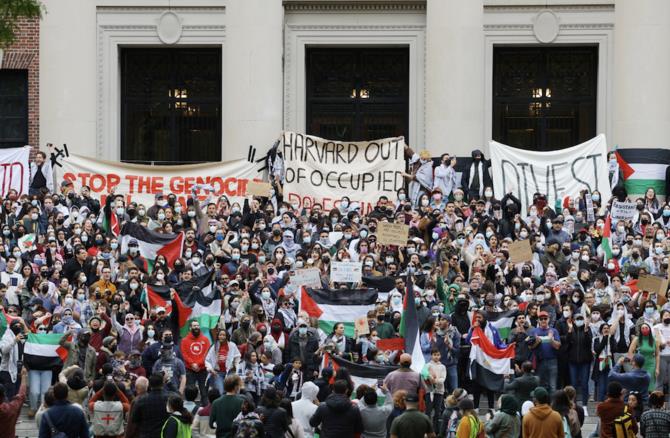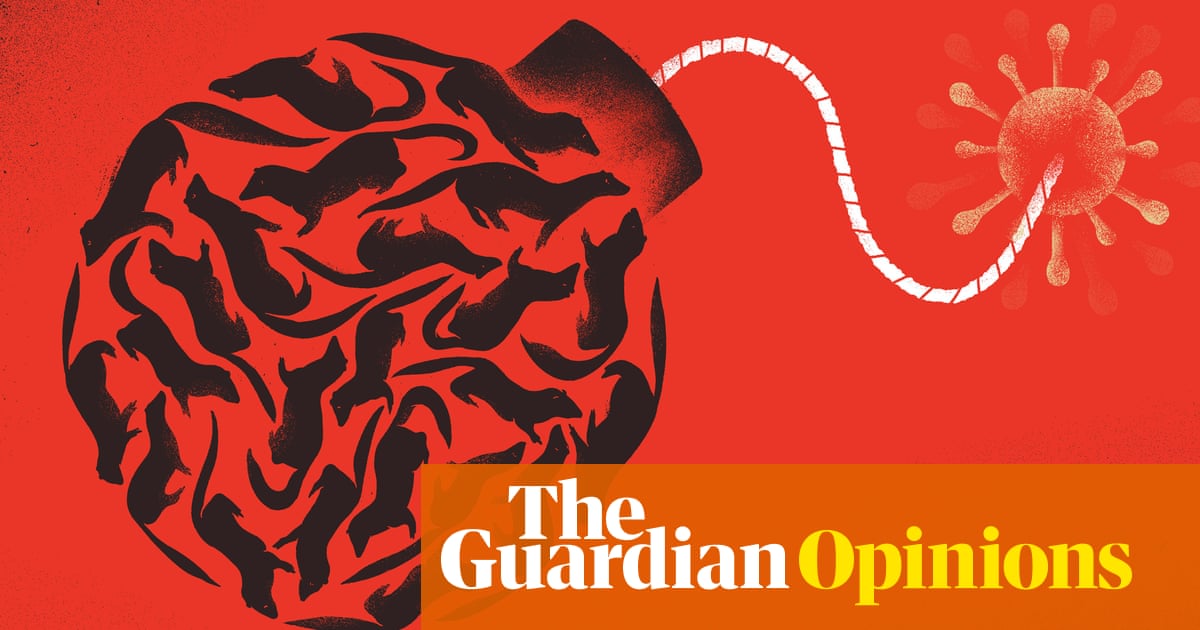
Despite all the economical hardship reported in Iran due to the implementation of US Sanctions, Nowrouz — the Iranian New Year, which fell on March 21 — promised the prospect at least of a happy national celebration to makes people feel better about the future.
Unfortunately massive floods swept the nation during the holidays. Across the country, in the north and then the center and south, communities were overwhelmed by massive storms and rainfall that killed at least 70 people and caused widespread damage.
After years of drought, suddenly Iran faced heavy rain. But although this was much needed to boost water levels in rivers and reservoirs and help the agricultural industry, it turned to be deadly and destructive.
On Tuesday, a line of vehicles at the Quran Gate entry to the city of Shiraz was washed away by floods. The city of world famous poets Saadi and Hafez, which is considered the most romantic destination for Iranian and international tourists, especially during Nowrouz, became a graveyard for visitors who drowned inside their cars. Nowrouz marked one of the saddest events in the history of the city, and the country.
The forecast for most Iranians remains gloomy and gray without much hope, and when their businesses and offices reopen on April 3 after the holiday no one expects a miracle that will lead to any changes.
Camelia Entekhabifard
Experts quickly began investigating to determine why these storms had proved to be so deadly and destructive. The answer is not difficult to find, given 40 years of mismanagement and failure in the realms of politics, the economy and city services.
The once-famous Persian gardens have been consigned to the pages of history, as none of them were preserved by the Islamic Republic. To make more money, the authorities allowed their own people to cut down trees, destroy green spaces and flatten hilltops to build skyscrapers and shopping malls. These changes to the nature and character of cities without compassion or studying the ramifications have caused much damage.
US President Donald Trump’s sanctions are having an effect on the Iranian economy but, unfortunately, it is mainly on the lives of ordinary people rather than the regime or their associated terrorist groups in the region.
Iranians who have been complaining about the economic hardship they are suffering and the mismanagement of the economy could not believe it when they heard that members of Hezbollah are also complaining of hardship, according to the New York Times reports. Iranians believe these Shiite militias and their regime supporters are complaining simply to make Trump believe that his sanctions are proving effective, as the regime gives priority to the militias ahead of ordinary Iranian citizens.
Ayatollahs can rule the Iranian people with an iron fist and spread the fear of arrest and oppression if anyone complains about hardship or lack of free speech; they cannot do that to Hezbollah or Hashd-Shaabi or supporters of Assad because the regime’s continued existence depends on them, not the people of Iran.
The forecast for most Iranians remains gloomy and gray without much hope, and when their businesses and offices reopen on April 3 after the holiday no one expects a miracle that will lead to any changes.
• Camelia Entekhabifard is an Iranian-American journalist, political commentator and author of Camelia: Save Yourself By Telling the Truth (Seven Stories Press, 2008).
Twitter: @CameliaFard
Disclaimer: Views expressed by writers in this section are their own and do not necessarily reflect Arab News" point-of-view












